For More Informations Call
(917) 722 5826
Mon – Sat 8.00 – 18.00
-
Cultural Japan
Cultural Japan
Cultural Japan invites you to explore traditions that have shaped the country for thousands of years. These customs remain alive today, blending with modern trends, new technologies, and a constantly evolving society. As you travel, you will discover how Japan balances ancient beliefs, artistic expression, spiritual practice, and innovative growth. This journey offers memorable encounters with Japanese food, history, architecture, and the everyday life that makes the culture both unique and inspiring.
The Places You’ll See and Things You’ll Try:
Tokyo
Tokyo is one of Japan’s 47 prefectures and is located in the Kanto region on the southeastern side of Honshu. The city includes the Izu and Ogasawara Islands and stands as Japan’s capital. Today, it is the center of the Greater Tokyo Area and one of the world’s most populated metropolitan regions. In addition, it is home to the Japanese Imperial Family, the Imperial Palace, and the nation’s central government. Tokyo Metropolis was created in 1943 after the former Tokyo Prefecture and Tokyo City merged.
The Tokyo Tower
Tokyo Tower rises 333 meters above the city. Inspired by the Eiffel Tower but standing taller, it was completed in 1958 as a symbol of Japan’s post‑war growth. It now serves as a broadcast tower and a major sightseeing attraction offering panoramic city views.

A glowing symbol of Japan’s post‑war rebirth, Tokyo Tower offers unforgettable city views.
Happo-en (Tea Ceremony)
Happo‑en’s garden, known as the “garden of eight views,” preserves the peaceful atmosphere of the Edo period. During your visit, you can enjoy a traditional tea ceremony while surrounded by nature, making it a calming cultural experience.
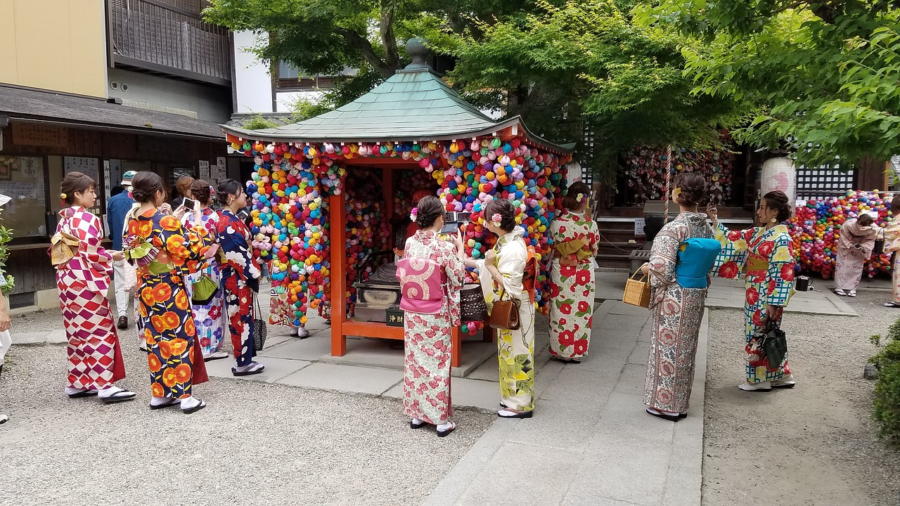
Experience a traditional Japanese tea ceremony in the peaceful Edo-style gardens of Happo-en.
Imperial Palace Plaza
The current Imperial Palace stands on the former grounds of Edo Castle, in a large park surrounded by moats and stone walls. It is only a short walk from Tokyo Station. While the residence remains private, visitors can explore the serene East Garden.
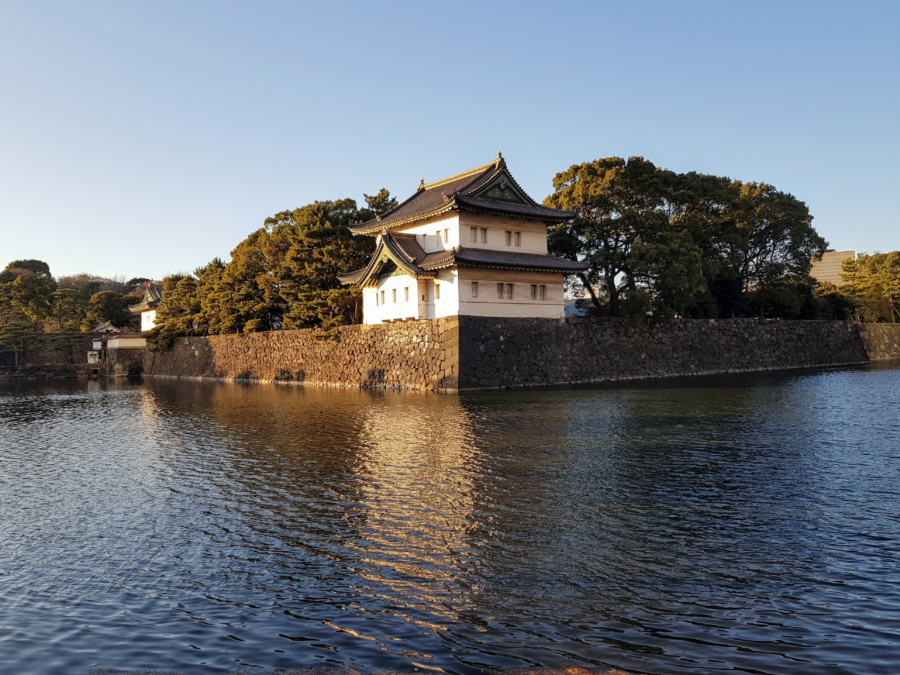
A tranquil look at the historic grounds surrounding Tokyo’s Imperial residence.
Sumida River Cruise
A cruise along the Sumida River takes you under a sequence of twelve bridges as you travel from Hinode Pier to Azumabashi. The ride offers gentle views of the waterfront and a relaxing way to enjoy the cityscape.
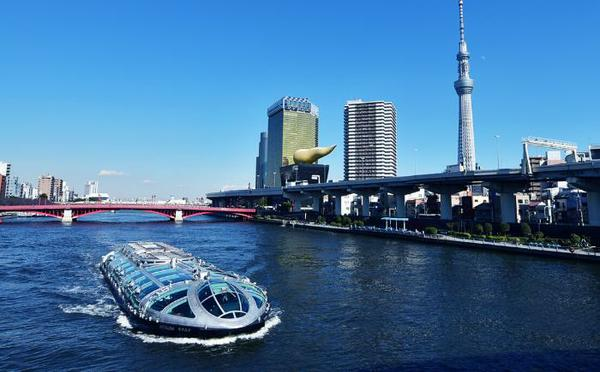
Enjoy relaxing views as you cruise beneath the Sumida River’s 12 historical bridges.
Asakusa Sightseeing
Asakusa preserves the atmosphere of Tokyo’s historical “low city.” Its main attraction, Senso‑ji Temple, is one of Japan’s most famous Buddhist temples. With its iconic gate, lively streets, and traditional shops, it offers a nostalgic look into old Tokyo.

Tokyo’s oldest temple invites you into a vibrant world of history and tradition.
Nakamise Shopping Street
Nakamise Street stretches from Kaminarimon to the main temple grounds. More than fifty shops line the pathway, offering local snacks, handmade crafts, and classic souvenirs. It is one of the oldest shopping streets in Japan.
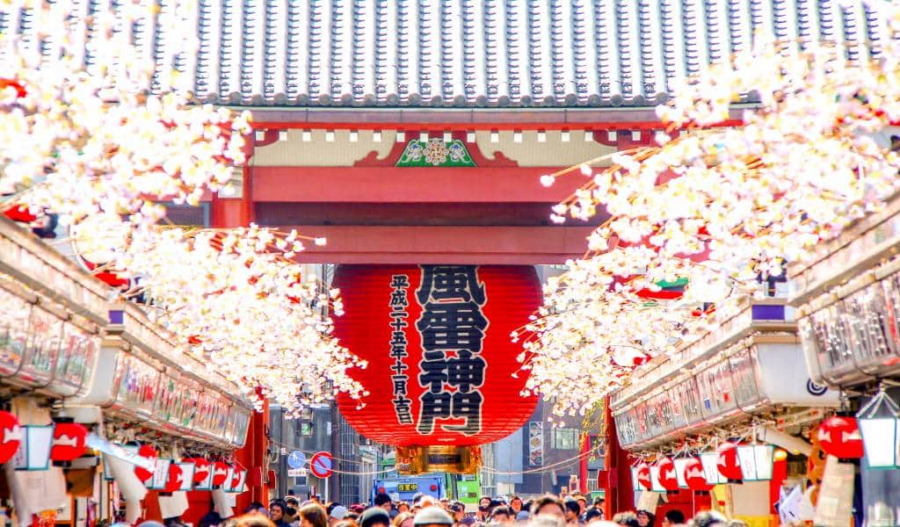
Browse local snacks, crafts, and traditional souvenirs in this iconic shopping street.
Ginza
Ginza is Tokyo’s center for luxury shopping, dining, and entertainment. The district features designer boutiques, modern architecture, and elegant stores. Driving through Ginza gives you a glimpse of Tokyo’s contemporary sophistication.

Explore Japan’s most elegant district filled with designer stores and fine dining.
Zen Meditation
Zen meditation, or zazen, encourages peace, clarity, and self-awareness by focusing the mind while seated. According to tradition, Buddha reached enlightenment through this practice. Today, Zen meditation helps many people separate from everyday distractions and reflect more deeply.
Hakone
Hakone lies less than 100 kilometers from Tokyo and is known for hot springs, outdoor activities, and mountain scenery. It is one of Japan’s most popular escapes for travelers seeking nature and relaxation, especially those hoping to see Mt. Fuji.

A picture-perfect view of Mt. Fuji rising above Hakone’s peaceful crater lake.
Mt. Fuji 5th Station
Mount Fuji, Japan’s tallest mountain at 3,776 meters, has long been admired for its nearly perfect shape. Artists, pilgrims, and visitors continue to see it as a symbol of beauty and spiritual significance.
Lake Ashi Cruise
Lake Ashi, formed within the caldera of Mount Hakone, is famous for its views of Mt. Fuji. With its peaceful waters, surrounding forests, and sightseeing boats, it offers one of the region’s most scenic experiences.

A picture-perfect view of Mt. Fuji rising above Hakone’s peaceful crater lake.
Mt. Komagatake Ropeway
The Komagatake Ropeway leads to the Senjojiki Cirque below Mount Hokendake. From the summit, you can see Mount Fuji, the Southern Alps, and several other major mountain ranges. The area is also known for rare alpine flowers and expansive natural landscapes.
Onsen
Onsens are natural hot springs found throughout Japan due to the country’s volcanic activity. For centuries, they have been central to Japanese relaxation and wellness culture. Visiting an onsen allows you to unwind in healing mineral-rich waters while enjoying a calm, traditional atmosphere.
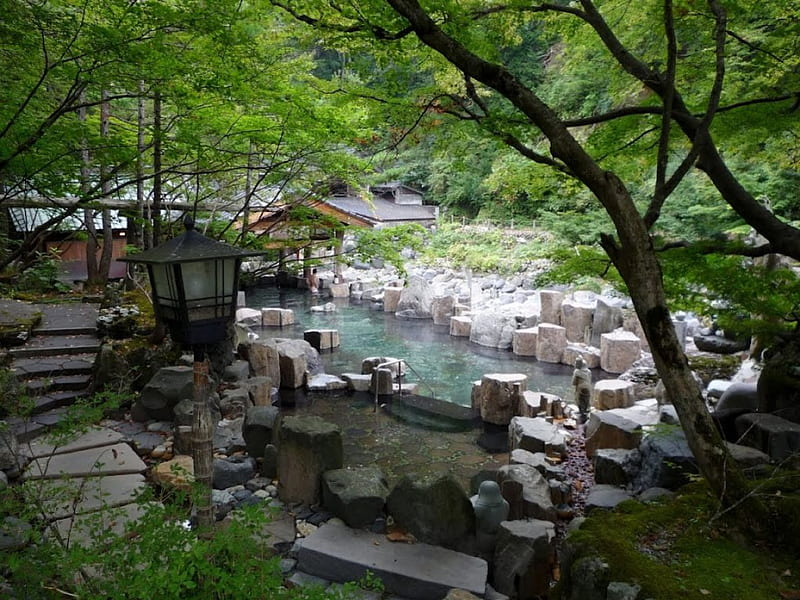
Relax in natural hot springs loved by Japanese locals for centuries.
Kyoto
Kyoto, once known as Meaco, is one of Japan’s most historic cities. It served as the imperial capital for over a thousand years. Today, it remains an important cultural center filled with temples, shrines, gardens, and preserved neighborhoods. Because of its many religious sites, Kyoto is often called the “City of Ten Thousand Shrines.”
Gion Corner
Gion Corner offers performances of traditional Japanese arts, including the graceful kyo-mai dance performed by maiko apprentices. It’s an ideal place to appreciate Kyoto’s cultural heritage in a single venue.

Step into Kyoto’s geisha district where centuries-old traditions live on.
Gion Historical Preservation District
Walking through the Gion district reveals narrow streets lined with wooden teahouses. The area remains one of Kyoto’s most charming neighborhoods, where history and tradition continue to thrive.

Walk through Kyoto’s most scenic traditional streets.
Yoshi Ima Inn
Yoshi‑Ima is a historical Japanese inn dating back to 1747. Located in central Kyoto, it offers a traditional stay and sits across from the Gion district. Its architecture reflects classic wooden designs and the elegance of old Kyoto.
Kimono
The kimono is Japan’s traditional full-length robe worn during festivals, ceremonies, and formal events. The word comes from “ki,” meaning wear, and “mono,” meaning thing. Wearing a kimono allows visitors to experience Japanese fashion and cultural etiquette.
Nijo Castle
Nijo Castle, built in 1626 for the Tokugawa shoguns, is a UNESCO World Heritage Site. Its architecture and historical significance reflect the power and artistry of Japan’s feudal era.
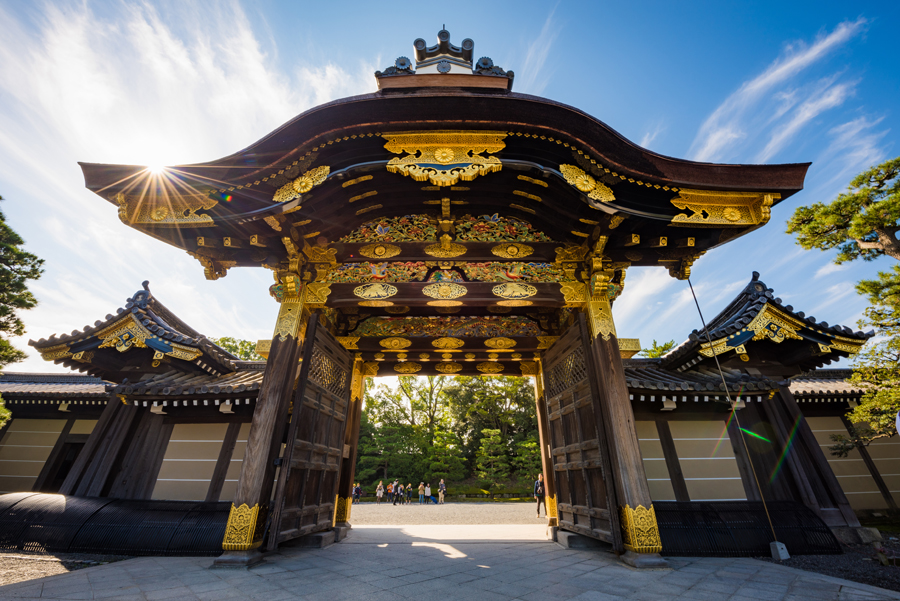
Explore the grand UNESCO World Heritage site built by the Tokugawa shoguns.
Kinkaku-ji Temple
Kinkaku‑ji, also known as the Golden Pavilion, is one of Kyoto’s most iconic landmarks. Covered in gold leaf and set beside a quiet pond, it creates a breathtaking mirror-like reflection.

Kyoto’s iconic Golden Pavilion shines brilliantly in every season.
Kyoto Imperial Palace
The Kyoto Imperial Palace preserves the traditional architecture of Japan’s imperial dynasties. The buildings seen today were rebuilt in 1855 and reflect styles from several historical periods.
Kitano Tenmangu Shrine
This shrine honors the God of Scholarship and is especially famous during plum blossom season. Many students visit the site to pray for academic success.
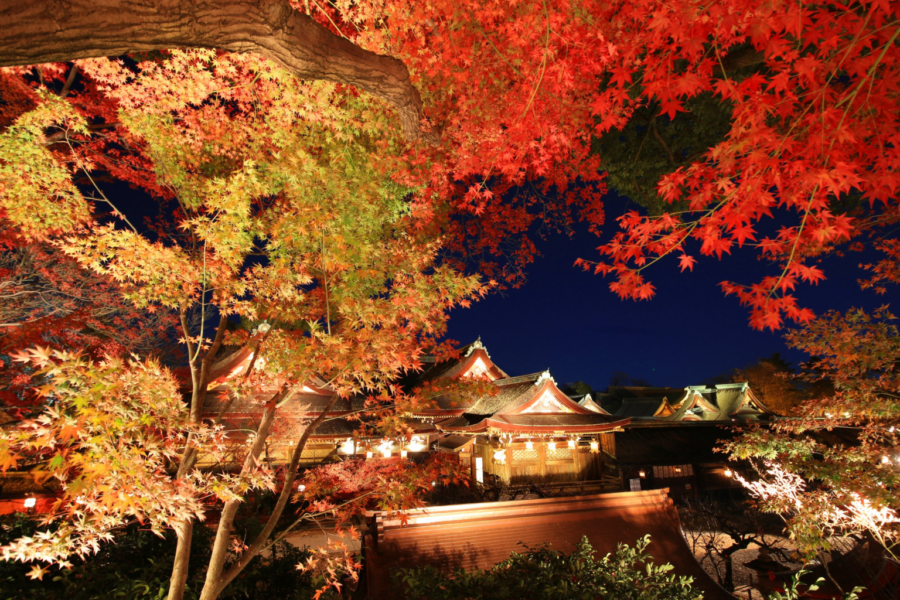
A beautiful shrine dedicated to the God of Scholarship.
Nara Park & Todai-ji Temple
Todai-ji Temple is one of the world’s largest wooden structures. It houses the Great Buddha, a massive bronze statue. The surrounding Nara Park is also home to friendly deer.
Kasuga Taisha Shrine
Kasuga Taisha is a World Heritage Site known for its thousands of lanterns. The deer in the area are believed to be messengers of the shrine’s gods.
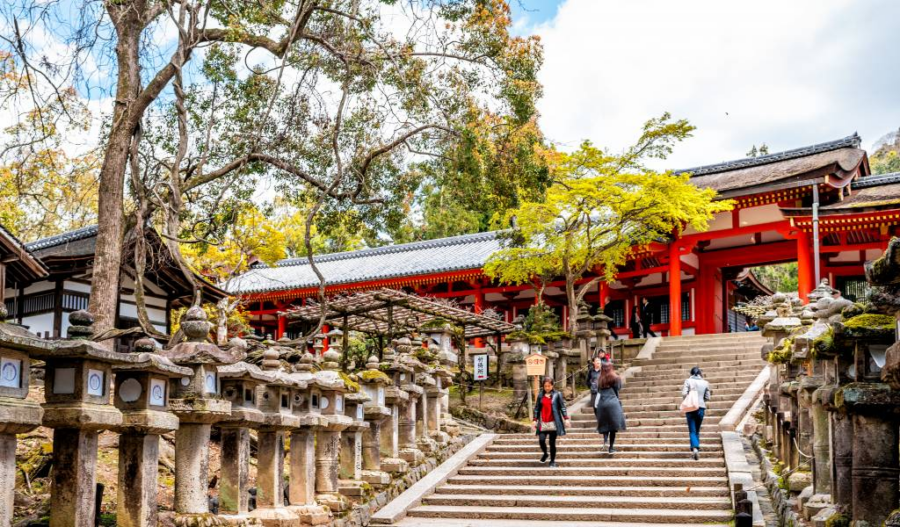
Explore this sacred UNESCO shrine decorated with thousands of lanterns.
Nara Nagomikan
Nara Nagomikan is the largest souvenir shop in Nara, offering a wide range of gifts, snacks, and local specialties.
Our Services
We offer a comprehensive range of services to meet your travel need.

Itinerary Planning
Let us create a tailor-made itinerary that reflects your interests, preferences & budget.
Expert Guidance
Our team of experts is here to offer personalized guidance and support every step of the way.
24/7 Customer Support
Book places effortlessly with our secure platform, backed by expert support.
Travel Logistics
We handle transfers, accommodation and transport, so you just relax and explore.-
DepartureSan Francisco International Airport
-
Departure TimePlease arrive by 10:20 AM for a prompt departure at 10:50 AM
-
Return TimeApproximately 8:30 PM
-
IncludedAccommodation for 8 nights as per itineraryMeals CPAITransfers (ARR & DEP ONLY) as per itinerary on private basisAll Entrance ticket as per itineraryThrough English Speaking guide from Arrival till DepartureJR Pass as per itinerary: (Bullet Train) Tokyo to Nagano & Nagano to Shin Hakodate (Standard Class) & (Limited Express) Shin Hakodate to Sapporo2 X 500 ML Water Bottles per person per day.
-
Not IncludedExpenses of personal nature Example – Tipping, laundry & Telephone calls, Beverages etcTipping to Guides and DriversPorter Service at the airport and hotelInternational & Domestic Flights & Visa Issuance ChargesBank Charges – JPY 7,500 per remittanceCredit Card Charges for any payment / remittanceAnything not mentioned in above in Inclusions & itinerary
-
Maps
Similar Tours
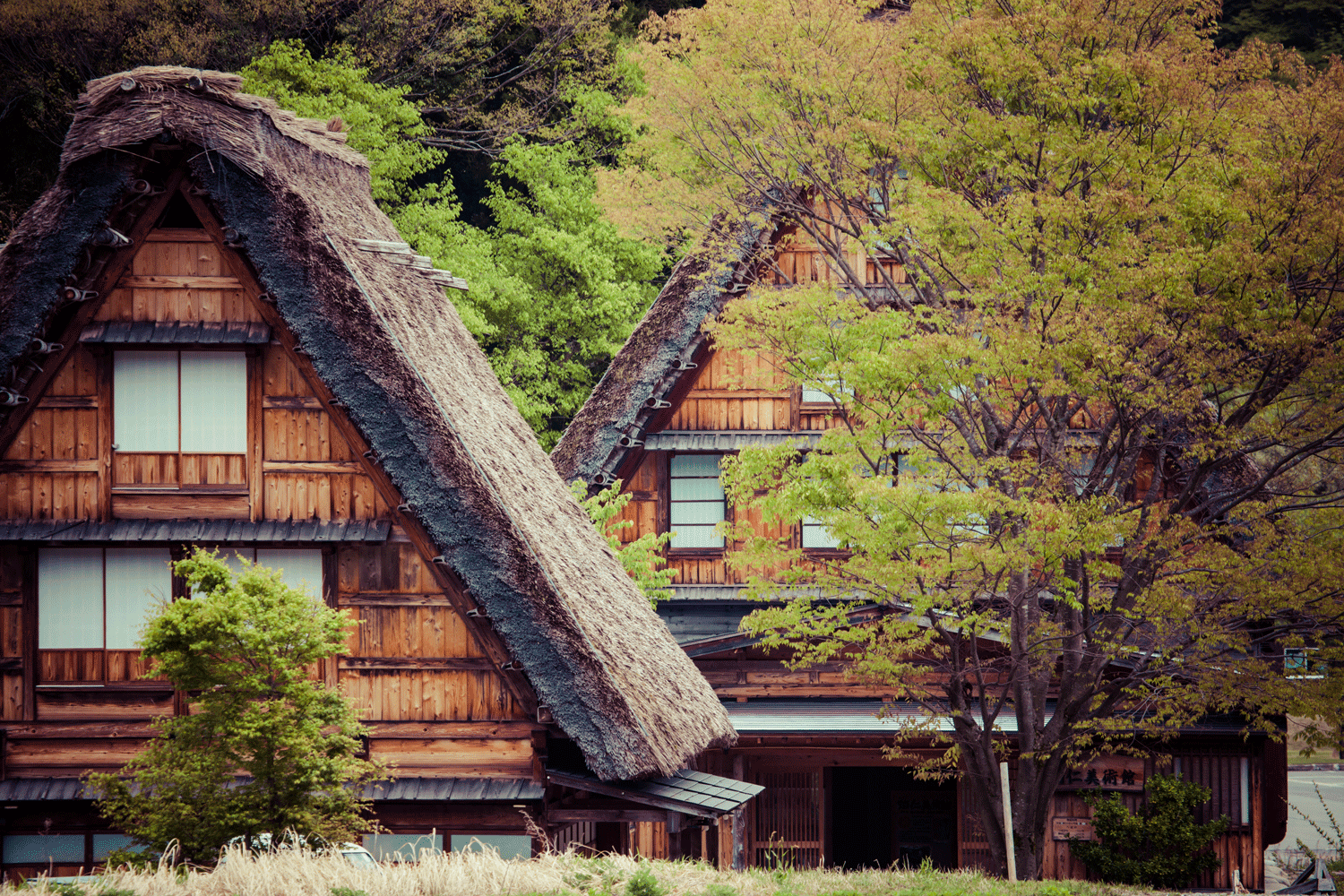
Alpine Route
Experience the Alpine Route Japan Tour as you journey through Tateyama Kurobe’s snow walls, stunning mountain landscapes, and scenic ropeways. Enjoy panoramic views, fresh alpine air, and must‑see highlights like Murodo Plateau and Kurobe Dam. Combined with cultural visits to Tokyo, Kyoto, Nara, and the historic villages of Shirakawa‑go and Takayama, this tour offers a perfect balance of nature, culture, and unforgettable Japanese scenery.
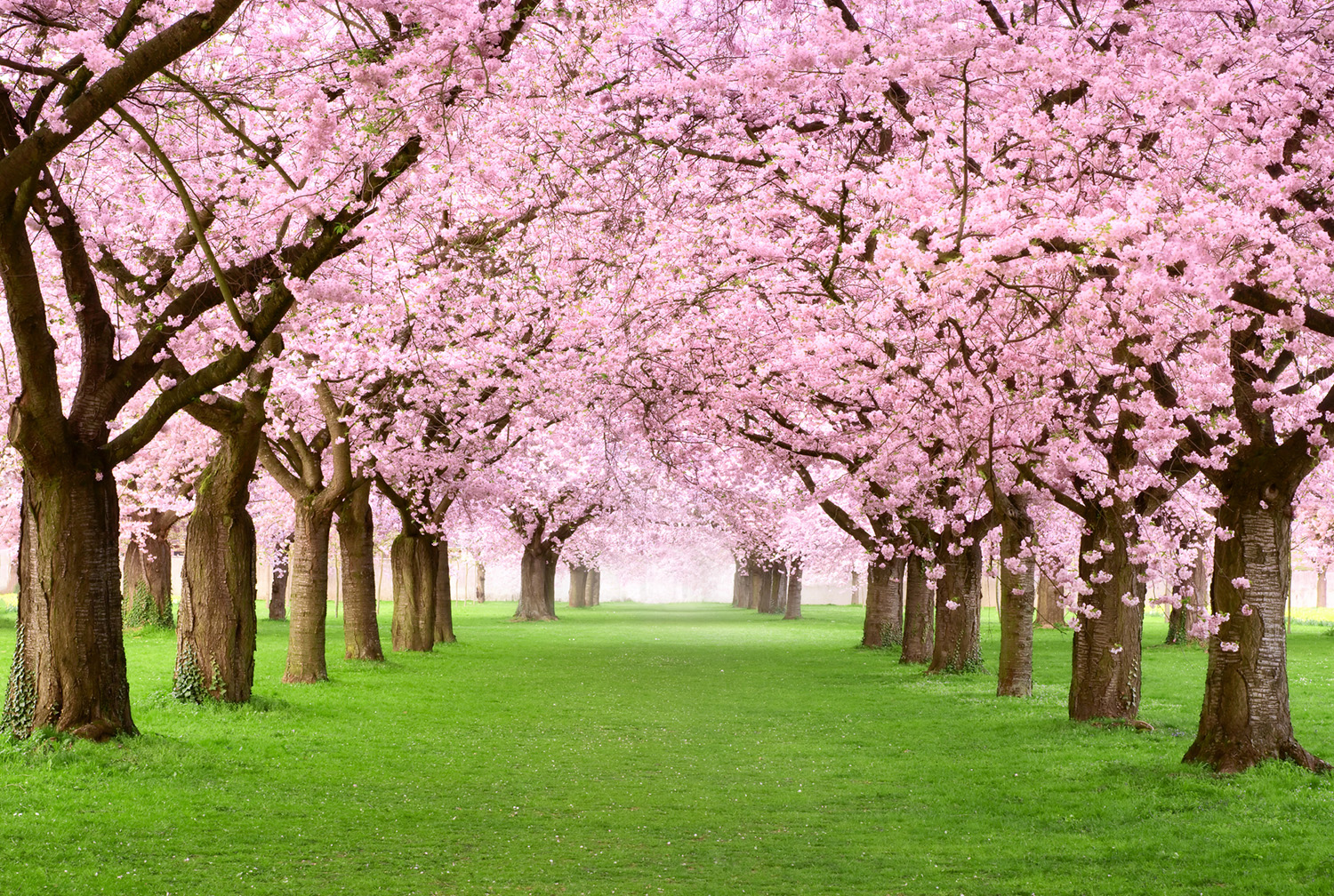
Cherry Blossom Tour
Experience Japan’s breathtaking cherry blossom season with our Cherry Blossom Tour, featuring Tokyo’s top sakura spots like Shinjuku Gyoen, Chidorigafuchi, Showa Kinen Park, and Sumida River. Enjoy peaceful gardens, vibrant pink landscapes, historic temples, and scenic cruises during Japan’s most magical time of year. This tour offers the perfect blend of culture, nature, and unforgettable spring beauty ideal for travelers who want to witness Japan in full bloom.

Ski Package in Sapporo
Experience the magic of winter in Hokkaido with our Sapporo Ski Package, a thrilling blend of world‑class ski slopes, cultural attractions, and breathtaking snowy landscapes. Explore Sapporo’s vibrant charm, famous snow festival sights, and iconic winter scenery before heading to Furano Japan’s powder snow paradise loved by ski enthusiasts worldwide. Enjoy scenic gondola rides, perfectly groomed slopes, and stunning mountain views as you carve through some of the best snow conditions in the world.


